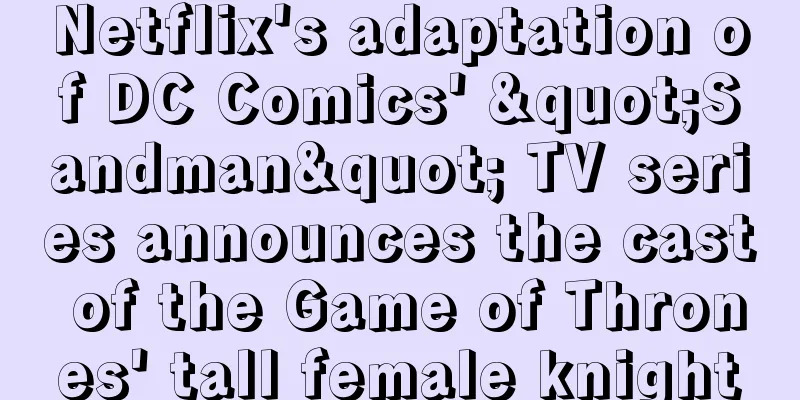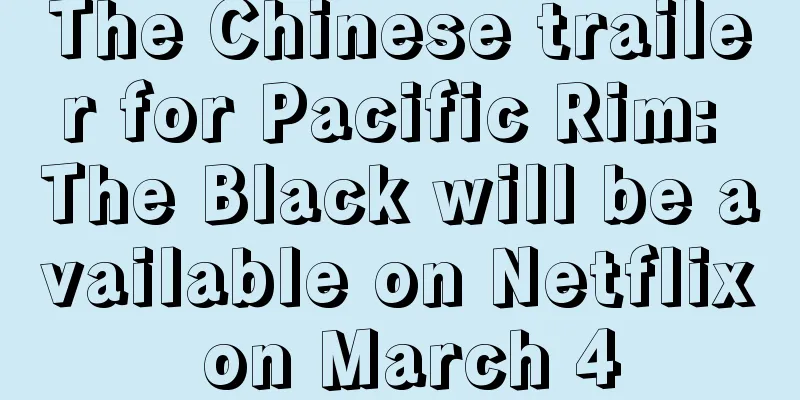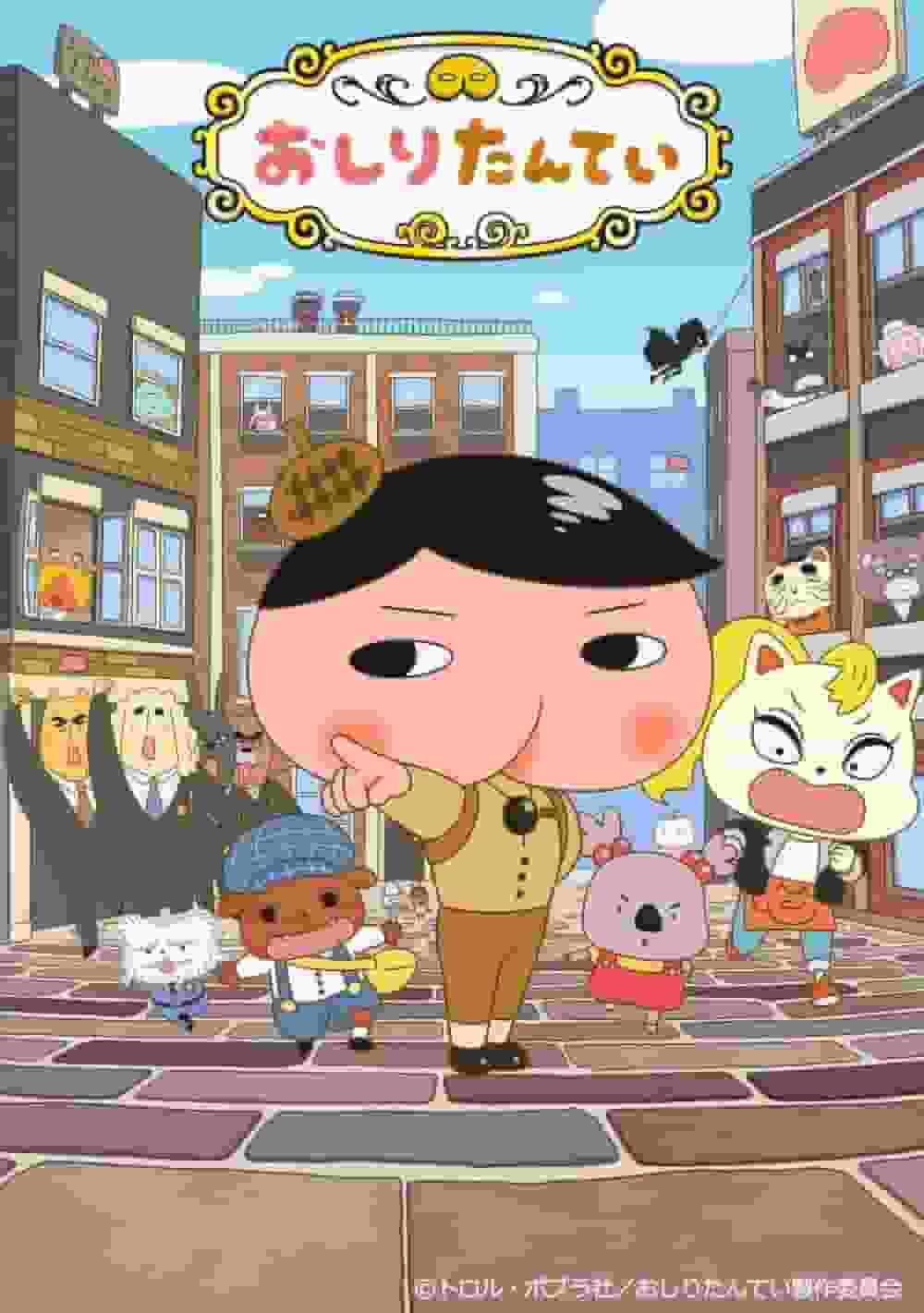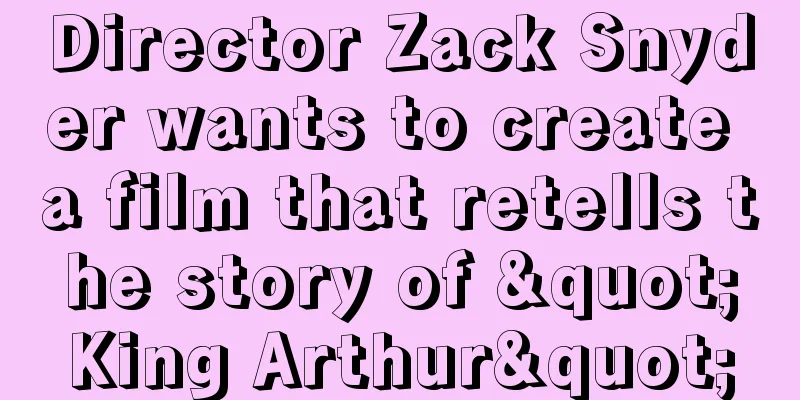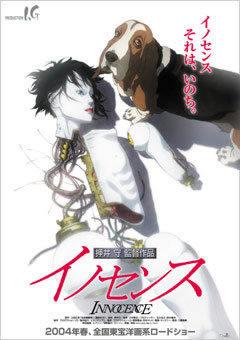The appeal and evaluation of "Hoero Bun Bun": A must-read review for anime fans

"Hoero Bun Bun": A story of growth and friendship of a lonely stray dog■ Public Mediatheater ■ Original Mediacomics ■ Release dateApril 1987 ■ Number of EpisodesEpisode 1 ■Original StoryMorimi Murano ■ DirectorToshio Hirata ■ ProductionProduced by Madhouse and Magic Capsule ■ StoryBunbun, a lonely abandoned dog, meets Uncle Nora, an elderly stray dog. Bunbun learns from Uncle Nora how to survive as a stray dog. He grows into a brave puppy who knows how to fight stray cats and find food. ■ExplanationThis animated feature film is based on an animal manga by Murano Morimi, a talented manga artist and illustrator. In 1980, Wako Productions planned and produced a TV special and TV series, but this 1987 film was animated by Madhouse. While the setting is nearly the same as the previous film, you can enjoy the differences of this work, which was made by a completely different staff. The theme of this film is about the wonderfulness of encounters and the importance of helping each other, and it was directed by Hirata Toshio. Kanemori Yoshinori was the animation director. ■Cast・Bunbun/Keiko Toda ・Nora/Norikazu Otsuka ・Boss dog/Kaneto Shiozawa ・Bad dog A/Kouzo Shioya ・Bad dog B/Masato Hirano ・Child/Hiroko Emori ■ Main staffDirector: Toshio Hirata, Original Story: Morimi Murano, Screenplay: Hiroo Takeuchi, Character Design: Yoshinori Kanemori, Animation Director: Yoshinori Kanemori, Art Director: Katsushi Aoki, Director of Photography: Kinichi Ishikawa, Music: Akihiro Komori, Sound Director: Susumu Aketagawa, Music Producer: Kazuo Kogure ■ Main Characters・Bunbun・Nora・Boss Dog・Bad Dog A ■ Theme songs and music・TM1 The appeal and evaluation of "Hoero Bun Bun""Hoero Bun Bun" is a theatrical animation released in 1987, based on the manga of the same name by Morimi Murano. The story is about a lonely abandoned dog named Bun Bun who meets a stray dog called Nora Ojisan and grows as he overcomes various difficulties. Below, we will explain in detail the appeal and evaluation of this work. The appeal of the storyThe story of "Hoero Bun Bun" depicts the journey of an abandoned dog named Bun Bun as he lives as a stray dog. It begins with Bun Bun meeting an elderly stray dog called Nora Ojisan, from whom Bun Bun learns how to live as a stray dog. Bun Bun grows into a brave puppy as he overcomes various challenges, such as fighting with stray cats and finding food. This coming-of-age story touches the viewer's heart and teaches the importance of meeting and helping each other. In particular, the relationship between Bunbun and Uncle Nora is at the heart of the show. Uncle Nora not only teaches Bunbun the wisdom and skills of being a stray dog, but also provides him with emotional support. This master-disciple relationship deeply moves viewers, making them realize the importance of friendship and bonds. Additionally, the scenes in which Bunbun confronts stray cats and other dogs are full of tension and thrills, drawing viewers in. Character AppealEach character in "Hoero Bunbun" is unique and charming. The main character, Bunbun, starts out as a lonely and weak stray dog, but as the story progresses, he grows into a brave and intelligent puppy. This process of growth makes him a character that viewers can sympathize with and root for. Additionally, Uncle Nora, who guides Bunbun, is portrayed as an experienced and kind stray dog, giving viewers a sense of security. The other dogs, including the boss dog and the bad dogs, are depicted as obstacles to Bunbun's growth, but they also have their own backgrounds and reasons, and are portrayed as three-dimensional characters rather than simple villains. The children's characters are also depicted growing through their interactions with Bunbun, which is very moving for the viewers. Animation evaluationThe animation for "Hoero Bun Bun" was produced by Madhouse, and is characterized by its high quality drawings for a 1980s animated feature film. In particular, the expressions and movements of Bun Bun and Uncle Nora are drawn in detail, making it easy for the audience to understand the characters' emotions. The backgrounds and art are also carefully drawn, and the living environment of the stray dogs and the cityscape are realistically reproduced. Animation director Yoshinori Kanemori pays close attention to the movements and expressions of the characters, making it easy for viewers to empathize with them. Art director Katsushi Aoki also focuses on the depiction of the backgrounds, realistically portraying the towns and natural environments in which the story takes place. Thanks to the efforts of these staff members, the animation of "Hoero Bun Bun" has been highly praised. Music RatingThe music for "Hoero Bun Bun" was written by Akihiro Komori, and the theme songs "Hoero Bun Bun" and "Chiisana Inu" resonate with viewers' hearts when sung by Satoko Yamano. The theme song "Hoero Bun Bun" in particular has impressive lyrics and melody that symbolize Bun Bun's growth and courage, moving viewers. The music in the film is also used skillfully to match the development of the story, playing a role in bringing out the emotions of the viewers. Akihiro Komori's music is an important element in supporting Bunbun's adventure and growth, helping to immerse the viewer in the story. In particular, during tense or moving scenes, the music enhances the viewer's emotions, making the story even more captivating. Manager's evaluation"Hoero Bun Bun" is directed by Toshio Hirata, whose direction brings out the charm of the story to the fullest. In particular, the relationship between Bun Bun and Uncle Nora and Bun Bun's growth are carefully depicted, which moves the viewer. In addition, the realistic depiction of the life and struggles of a stray dog gives the viewer a sense of tension and thrill. Toshio Hirata's direction is designed to make it easy for viewers to empathize with the story, and he portrays the story of Bunbun's growth and friendship in a moving way. Furthermore, screenwriter Hiroo Takeuchi also brings out the charm of the original work while adding his own original elements, giving viewers a fresh and moving experience. Viewer ratings"Hoero Bun Bun" has been highly praised by viewers. Many viewers have been particularly touched by Bun Bun's coming-of-age story and his friendship with Uncle Nora, and the show has received high praise on social media and review sites. The show has also been praised for its high-quality animation and music for a 1980s animated film, making it a work that has been loved by viewers for a long time. Many viewers have commented that they were moved by Bunbun's courage and Uncle Nora's kindness. The realistic depiction of the life and struggles of a stray dog has also been praised, giving viewers a sense of tension and thrill. Furthermore, the theme songs "Hoero Bunbun" and "Chiisana Inu" also resonate with viewers, further enhancing the touching scenes. Recommended points of "Hoero Bun Bun""Hoero Bun Bun" is a story about a lonely abandoned dog named Bun Bun who grows up as a stray dog, and is a touching work that depicts the importance of encounters and helping each other. Below, we will explain in detail the points that make this work recommended. The appeal of a growth storyThe greatest appeal of "Hoero Bun Bun" is the story of Bun Bun's growth. Bun Bun starts out as a lonely and weak stray dog, but through his encounter with Uncle Nora, he learns the wisdom and skills of a stray dog and grows into a brave and intelligent puppy, which moves viewers. This story of growth gives viewers courage and hope, and also serves as an opportunity to reflect on their own growth. Depicting friendship and bondsThe relationship between Bunbun and Uncle Nora is at the heart of the show. Uncle Nora not only teaches Bunbun the wisdom and skills of being a stray dog, but also provides him with emotional support. This master-disciple relationship deeply touches viewers, and makes them realize the importance of friendship and bonds. The scenes in which Bunbun interacts with other dogs and children also depict the importance of friendship and bonds, and are deeply moving to viewers. Realistic depiction"Bunbun the Dog" realistically depicts the life and struggles of a stray dog, making viewers feel tense and thrilled. In particular, the scenes where Bunbun confronts stray cats and other dogs are tense and thrilling, and have the power to draw viewers in. In addition, the backgrounds and art are carefully drawn, realistically recreating the living environment of stray dogs and the cityscape. High-quality animationThe animation for "Hoero Bun Bun" was produced by Madhouse, and is characterized by its high quality drawings for a 1980s animated feature film. In particular, the facial expressions and movements of Bun Bun and Uncle Nora are drawn in detail, making it easy for the audience to understand the characters' emotions. The backgrounds and art are also carefully drawn, realistically portraying the city and natural environment in which the story takes place. Thanks to the efforts of these staff members, the animation for "Hoero Bun Bun" has been highly praised. Inspirational MusicThe music for "Hoero Bun Bun" was written by Akihiro Komori, and the theme songs "Hoero Bun Bun" and "Chiisana Inu" resonate with viewers' hearts when sung by Satoko Yamano. The theme song "Hoero Bun Bun" in particular has impressive lyrics and melody that symbolize Bun Bun's growth and courage, moving viewers. The music in the film is also used skillfully to match the development of the story, playing a role in bringing out the emotions of the viewers. summary"Hoero Bun Bun" is a moving story about Bun Bun, a lonely abandoned dog, growing up as a stray dog, and the importance of meeting and helping each other. It is full of various charms, such as Bun Bun's growth story, his friendship with Uncle Nora, realistic portrayal, high-quality animation, and moving music. This work will give viewers courage and hope, and make them feel the importance of friendship and bonds. Please give it a watch. |
Recommend
Sideshow's new 24-inch DC Darkseid statue costs $650
Sideshow Collectibles has launched a new product,...
Nolan's "Oppenheimer" will be released in Japan next year
According to Japanese media reports, "Oppenh...
"Breaking Bad" creator joins new drama: If it doesn't work out, I'll consider coming back
Vince Gilligan is best known for creating the TV ...
The "North American dark horse of the year" movie "The Farewell" was urgently "rescheduled" in mainland China
The movie "The Farewell" produced by th...
Berserk Golden Age Arc II: The Battle for Doldrey - A review that delves into the depths of the epic battle
Touching the Depths of "Berserk: The Golden ...
Hollywood live-action version of "Your Name" directed by "The Amazing Spider-Man" director
According to Deadline, Hollywood will remake the ...
The appeal and reviews of "Fumoon": Why you shouldn't miss it
Fumoon - Tezuka Osamu's Future Predictions an...
"Dungeons & Dragons: Rogue Glory" released the final Chinese trailer
Adapted from the well-known tabletop RPG "Du...
The appeal and reviews of "Lightning Trap: Raina and Laika": A must-see anime experience
"Lightning Trap: Reina and Lyca": A sto...
Uncharted movie delayed to March 5, 2021
Today (January 25), according to foreign media co...
Gerard Butler's "Fallen" universe is going to shoot a fourth film!
According to foreign media Hollywood Reporter, Ge...
Naruto production company Joker's president says censorship will kill anime's global appeal
The censorship system for film, television and an...
New stills of "Captain Marvel" revealed, Jude Law, the first Captain Marvel, appeared
New stills from the Marvel superhero movie "...
Fans strongly recommend Bruce Lee's Korean-American actor to play Asian superhero Shang-Chi in "Once Upon a Time in Hollywood"
The first trailer of the latest work of the viole...
The official poster of the movie "Kishibe Rohan, I Don't Move" is released and will be released on May 26
The live-action movie "Kishibe Rohan: Trip t...
